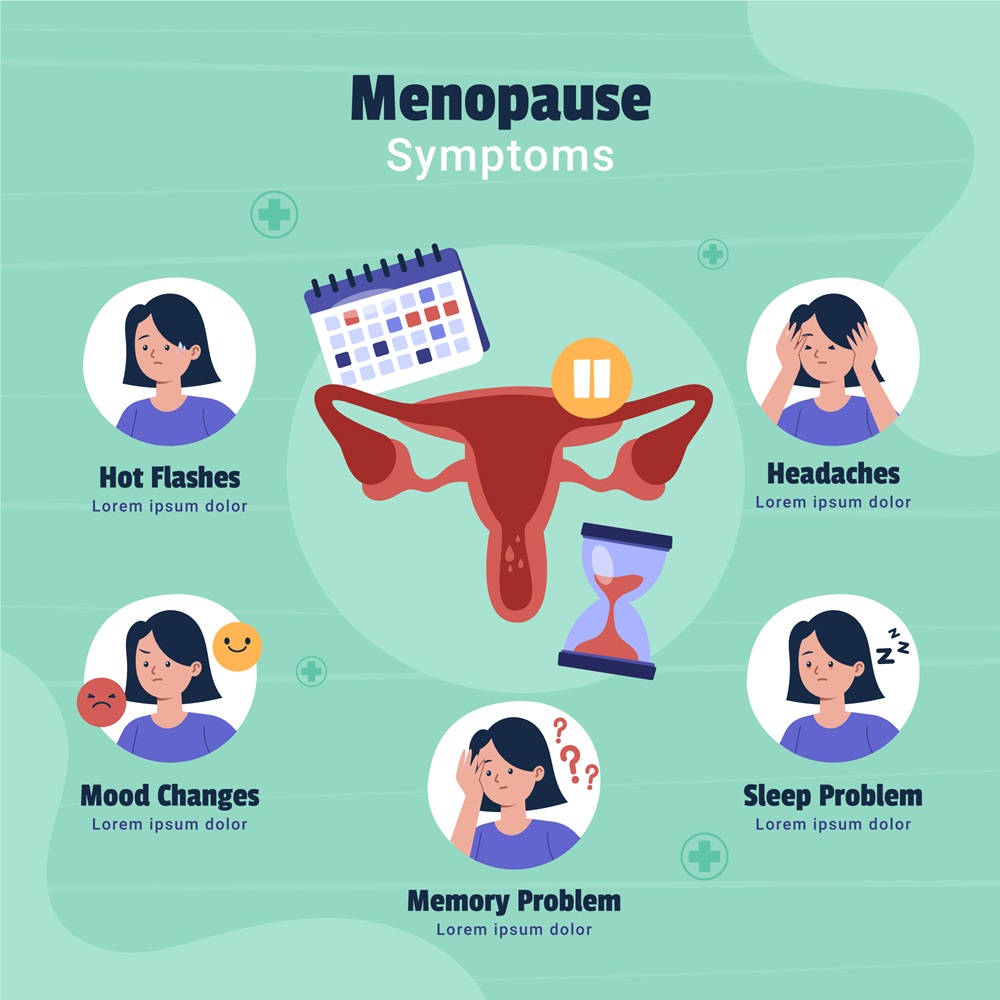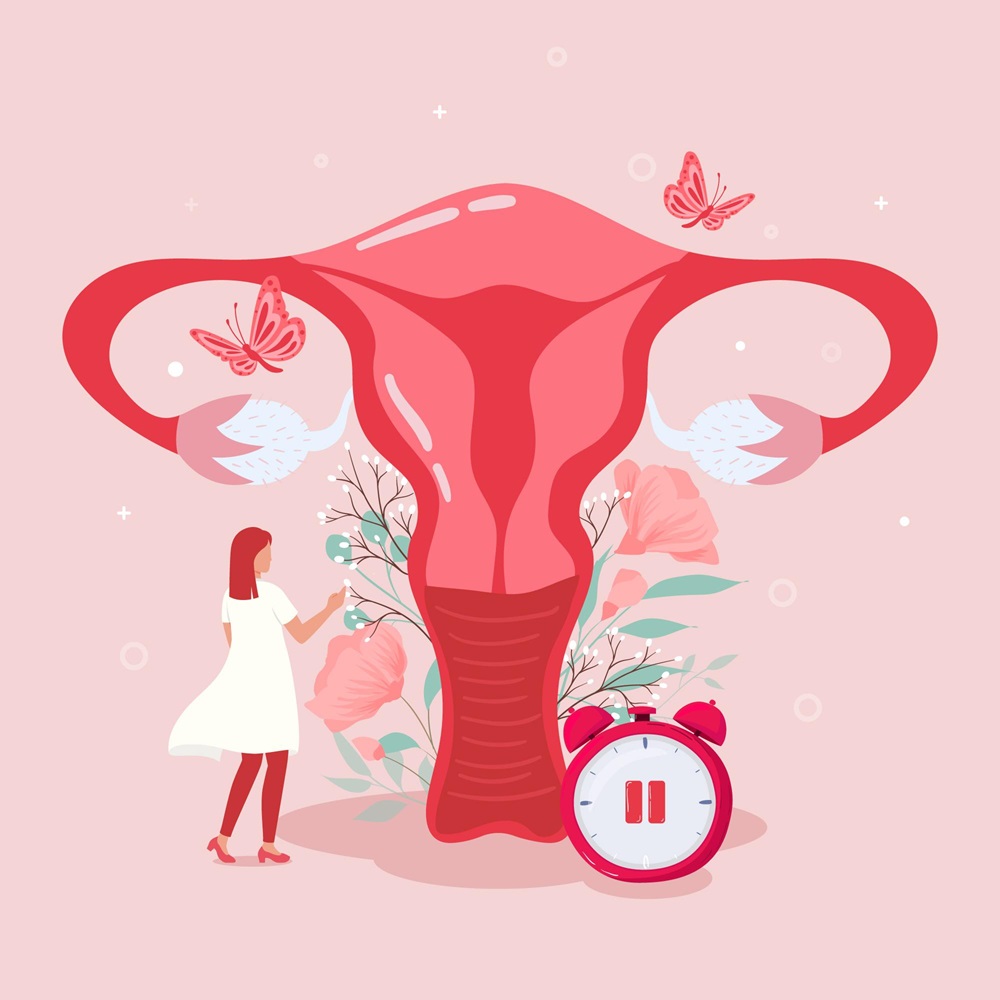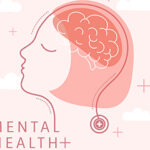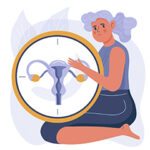Menopause, derived from the Greek words *mens*, meaning “monthly,” and *pausis*, “cessation,” marks a significant phase in a woman’s life. It is the natural progression in aging when the ovaries decrease the production of hormones such as estrogen and progesterone,signaling the end of reproductive capabilities.
The Stages of Menopause
This transition isn’t an overnight event but occurs in stages, each with its own set of physiological changes. The journey begins in the early forties with pre-menopause, progresses into peri-menopause between the ages of 40 and 45, and culminates around the age of 50 when menopause officially sets in. Post-menopause follows, defined by a full year without menstruation.
Approximately 5% of women experience premature menopause before the age of 40. Whether it’s at the typical age or earlier, menopause brings about significant bodily changes.
The Stages of Menopause
These include increased cholesterol and lipids in the blood, which can elevate the risk of heart disease and stroke. There’s also an accelerated loss of calcium from bones in the first five years post-menopause, which
can weaken bones and increase the risk of fractures. The drop in estrogen levels affects more than just bone density. It leads to thinner, less elastic tissues in the urethra and bladder, increasing the likelihood of urinary infections and frequency. Even the skin loses elasticity, becoming thinner and more delicate.
Common Symptoms of Menopause
Menopause can also trigger an array of symptoms, including:
— Hot Flashes: Sudden feelings of warmth, often in the face, neck, and chest, which can disrupt daily activities.
— Night Sweats: Intense sweating at night that can disrupt sleep.
— Mood Swings: Emotional variability that can impact relationships and daily life.
— Sleep Issues: Including insomnia due to night sweats or hormonal changes.
— Vaginal Dryness: Leading to discomfort and painful sexual intercourse.
— Decreased Libido: Often linked to physical discomfort and hormonal fluctuations.
— Physical Changes: Increased body weight and fat deposition around hips and buttocks.
Managing Menopause: Treatments and Lifestyle Adjustments
Non-Hormonal Treatments
— Lifestyle Adjustments: Adopting a healthy diet and regular exercise can help manage weight gain.
— Nutritional Supplements: Taking calcium, magnesium, and vitamins D and E can support bone density and improve skin and vaginal health.
— Personal Comfort Measures: Dressing in light layers, and avoiding triggers like caffeine, alcohol, and spicy foods can help manage hot flashes and night sweats.
Hormonal Treatments:
— Hormone Replacement Therapy (HRT): This involves the administration of estrogen and progesterone in the form of pills, patches, or creams to alleviate menopausal symptoms.
— Specific Medications: Tibolone, a synthetic steroid, provides relief from severe osteoporosis and other menopausal symptoms by mimicking the effects of estrogen, progesterone, and androgen.



Physical Exercises:
— Pelvic Floor Exercises: Kegels and yoga can strengthen pelvic muscles, improving urinary control and sexual health.
Risks Associated with Hormone Replacement Therapy (HRT)
HRT is not suitable for everyone and carries risks such as:
— Increased Risk of Certain Cancers: Such as breast and endometrial cancer.
— Cardiovascular Issues: Including the risk of venous thromboembolism.
— Other Health Concerns: Potential increases in cholesterol levels and the risk of dementia and Alzheimer’s disease.
In conclusion, menopause is a profound stage of life that affects each woman uniquely. Understanding the stages and symptoms, alongside the available treatments, can empower women to navigate this transition with confidence and grace.





